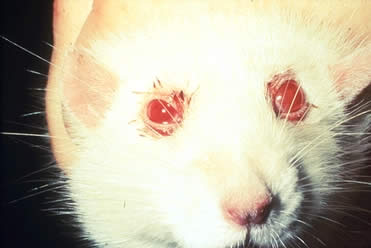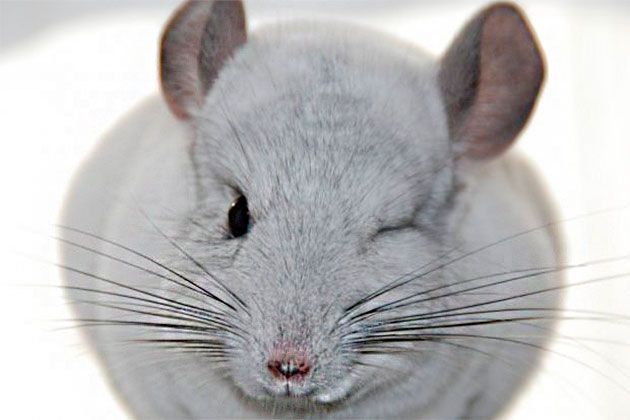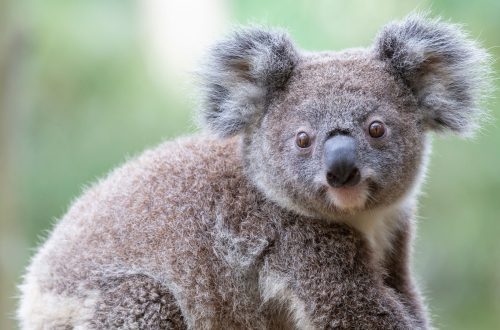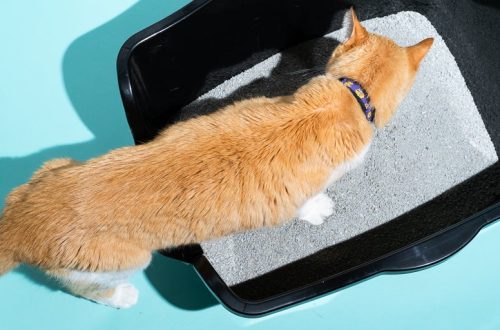
mga sakit sa mata sa mga ilaga

Along with other problems, eye diseases in rodents are often reported by a veterinarian. If you think that your pet is sick, then it is better to contact a specialist who deals with the treatment of rodents, since not every doctor can provide qualified assistance to babies. And in this article we will tell you what you need to pay attention to.
Kaundan
Sintomas sa mga sakit sa mata
Eye diseases can occur with similar symptoms, so it can be difficult for the owner to make a self-diagnosis. But you can help the doctor by being attentive to your pet, noticing the slightest changes in the condition. The main symptoms of eye diseases include:
- Swelling of the eyelids and around the eyes.
- Blepharospasm (squinting of one or both eyes)
- Purulent discharge.
- Allocations of a different nature.
- Increased lacrimation.
- Redness of the eyelids.
- Photophobia.
- Attempts to scratch the face and eyes.
- Anxiety and general nervousness.
- In some cases, decreased appetite.
- Pagluya.
Causes of eye diseases
There are many reasons for eye diseases in rodents. But it is not always possible to establish why this or that problem arose.
- trauma sa mata;
- bacterial, viral ug fungal infections;
- congenital anomalies ug malformations;
- kakulang sa bitamina A ug C;
- edad;
- pagkahubog;
- mga sakit nga autoimmune;
- mga sakit nga oncological;
- non-contagious systemic pathologies;
- pagkaladlad sa radiation;
- mga sakit sa metaboliko.
diagnostics
The studies that are necessary for making a correct diagnosis and prescribing treatment are no different from those in other animal species. Initially, a routine examination is carried out, sometimes even at this stage it is possible to make a diagnosis, for example, torsion of the eyelids. Further, a more detailed visualization of the eye structures will be required using an ophthalmoscope, a slit lamp, and the use of various ophthalmic tests. Of course, the owner must specify all the information to the pet as accurately as possible.
Major diseases and their treatment
Diseases are divided into two large groups, congenital and acquired. Let’s consider the most common ones.
Pagpamati
Inflammation of the conjunctiva is more often infectious in case the problem has affected both eyes, in other cases, trauma may be the cause. Treatment includes antibiotic drops. Also, in some cases, it is recommended to wear a protective collar on the pet. A veterinarian helps in its manufacture, or you can make it yourself at home from improvised means. In guinea pigs, for example, conjunctivitis can also be caused by a lack of vitamin C in the body.
Katarata
Cataract is a disease associated with clouding of the lens of the eye, when its transparency is lost and vision becomes blurry. Although the full mechanisms of cataract development are not completely clear, a significant role in them is assigned to lens proteins, known collectively as crystallins. Normally, crystallins help the lens maintain its structure and transparency, but with age or under the influence of other factors, they begin to lose this ability. Cataracts may accompany diabetes mellitus.
Corneal dystrophy
It looks like a cataract, white spots or dots appear on the cornea. May develop due to keratitis. The cause is most often the coronavirus, which spreads quite quickly in the rodent population.
Alerdyi
Accompanied by lacrimation, itching, skin rashes, scratching, swelling of the paws are also visible. It is eliminated by removing the allergen from access, often they are homemade protein food or inappropriate cell filler.
glaucoma
It is not always a pathology. For example, in rats during the daytime, intraocular pressure is lowered during the day and increased at night. In this case, treatment is not required. In other cases, the cause is clarified and, based on it, treatment tactics are selected.
Inversion ug eversion sa mga tabontabon
The problem is genetic. It is dangerous that during inversion and eversion, the eyeball and other structures may suffer from drying out or mechanical trauma. Surgical treatment.
Samad sa mata
Animals that live together can fight, which at times results in scratched eyelids and other injuries. Also, a pet can get hurt on the bars of the cage, on twigs, hay. In case of injury, surgical treatment may be required – suturing the damaged structures, prescribing an antibiotic and painkiller.
Mga abscess
May be caused by trauma. Treatment consists of surgical debridement and antibiotics.
Dermoid
The appearance of an ectopic area of skin on the cornea, especially in the area of the transition of the cornea to the sclera. wool may even be present. The treatment is surgical, the prognosis is favorable.
Prolapse of the conjunctival sac (“fatty eye”)
Most often, it does not need treatment, but, in some cases, it may be necessary to plastic it with a laser (in the case when the prolapse is large and the conjunctival fold closes the cornea, preventing vision). Pigs with this disease (as well as parents, because the disease is genetic) should be excluded from breeding.
Microphthalmus
A decrease in the size of the eyeball, vision with this problem is usually absent. The reason is developmental pathology. When a secondary infection is attached, the veterinarian may decide to remove the eye.
anophthalmos
The complete absence of the eye is also a serious malformation. Often combined with impaired formation of brain regions.
Paglikay
Prevention of eye diseases is primarily in the prevention of causes. Try to keep your pet’s cage clean, provide him with a quality diet and bedding. Visit your veterinarian regularly for preventive checkups.





